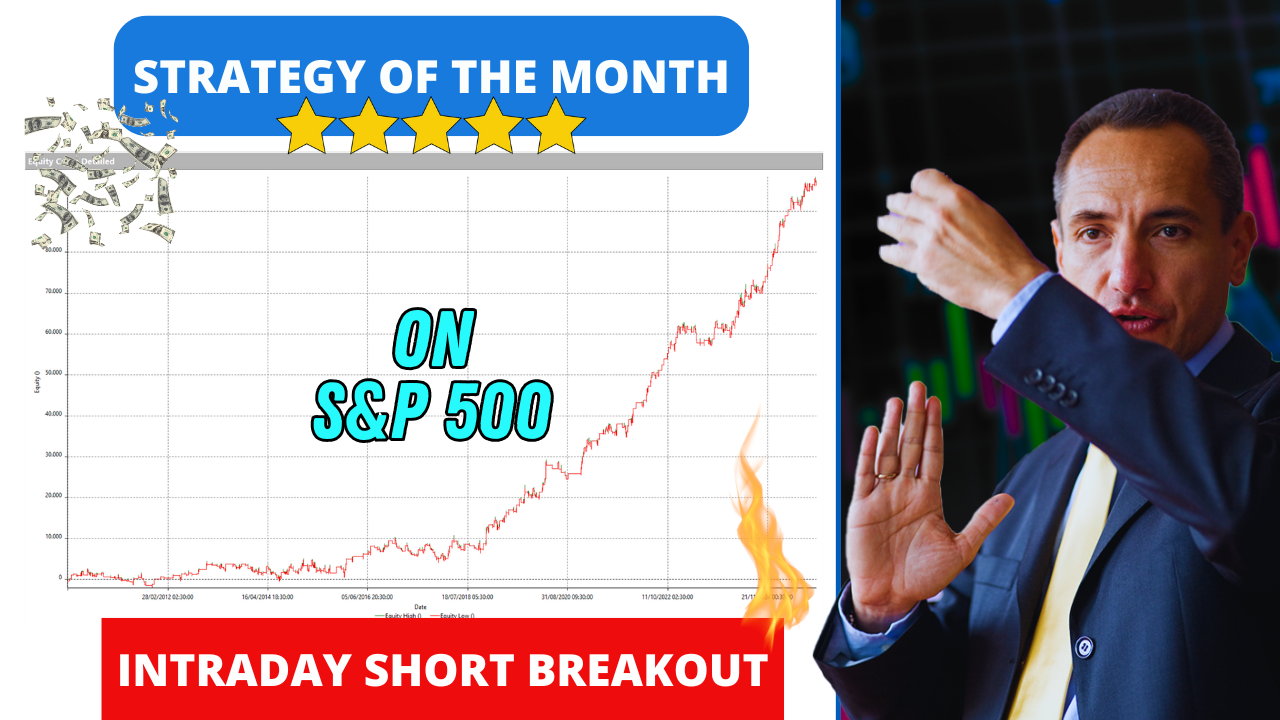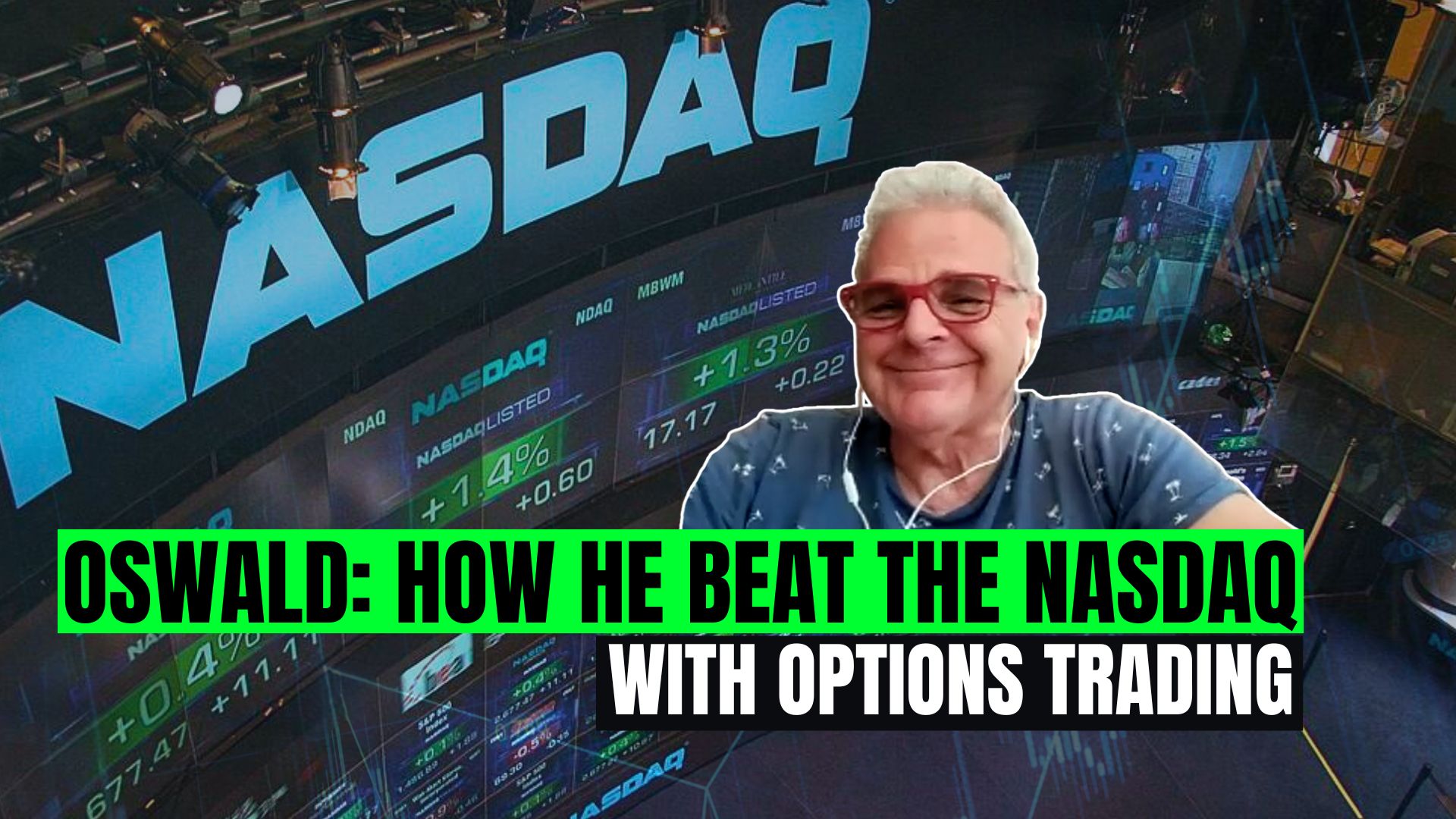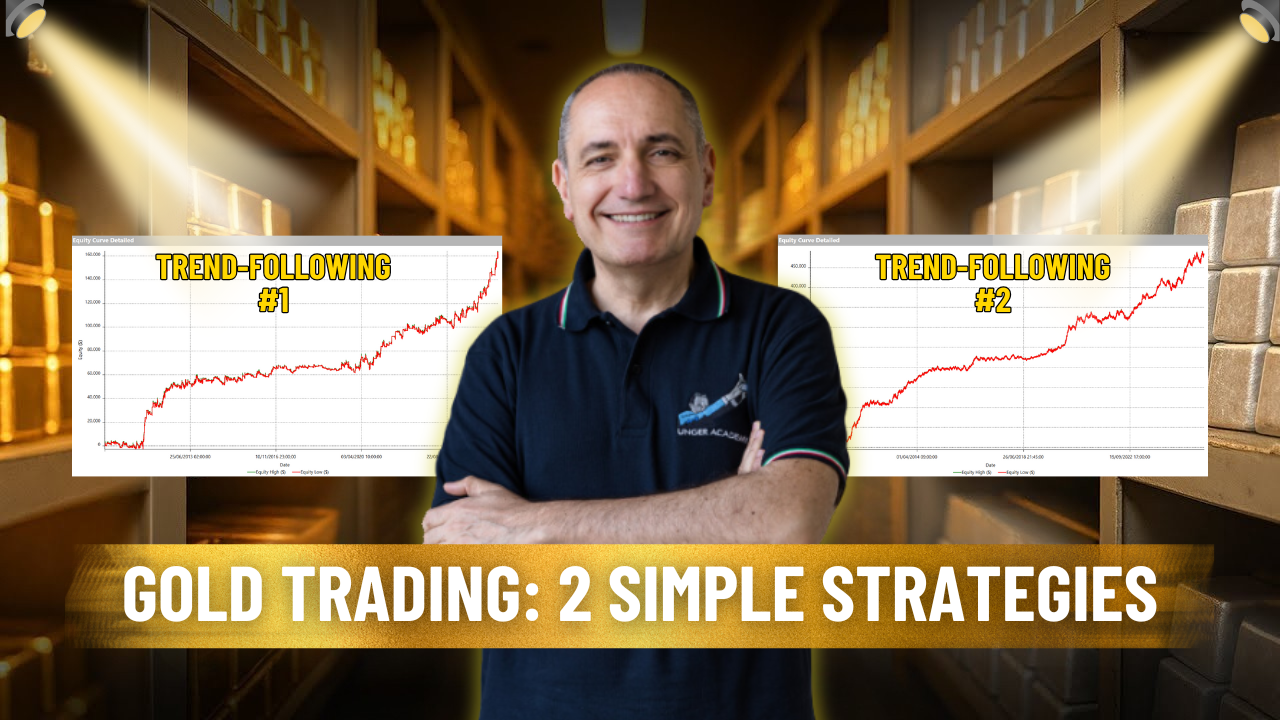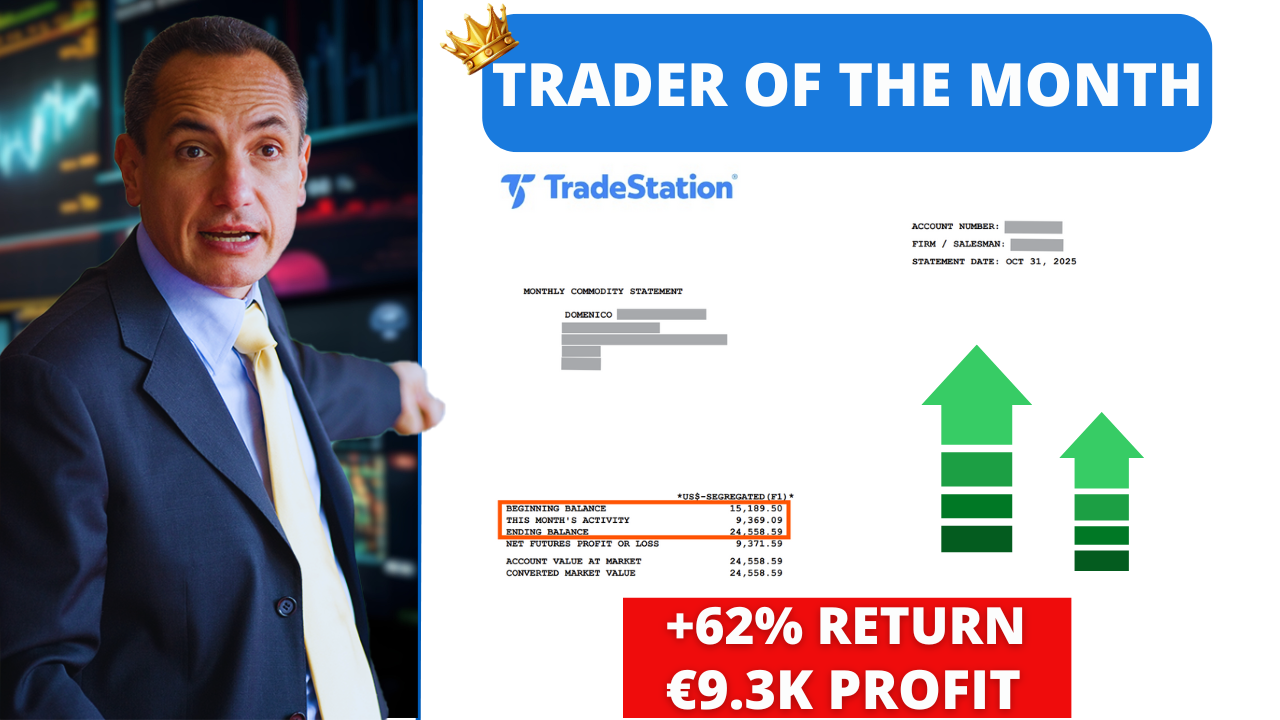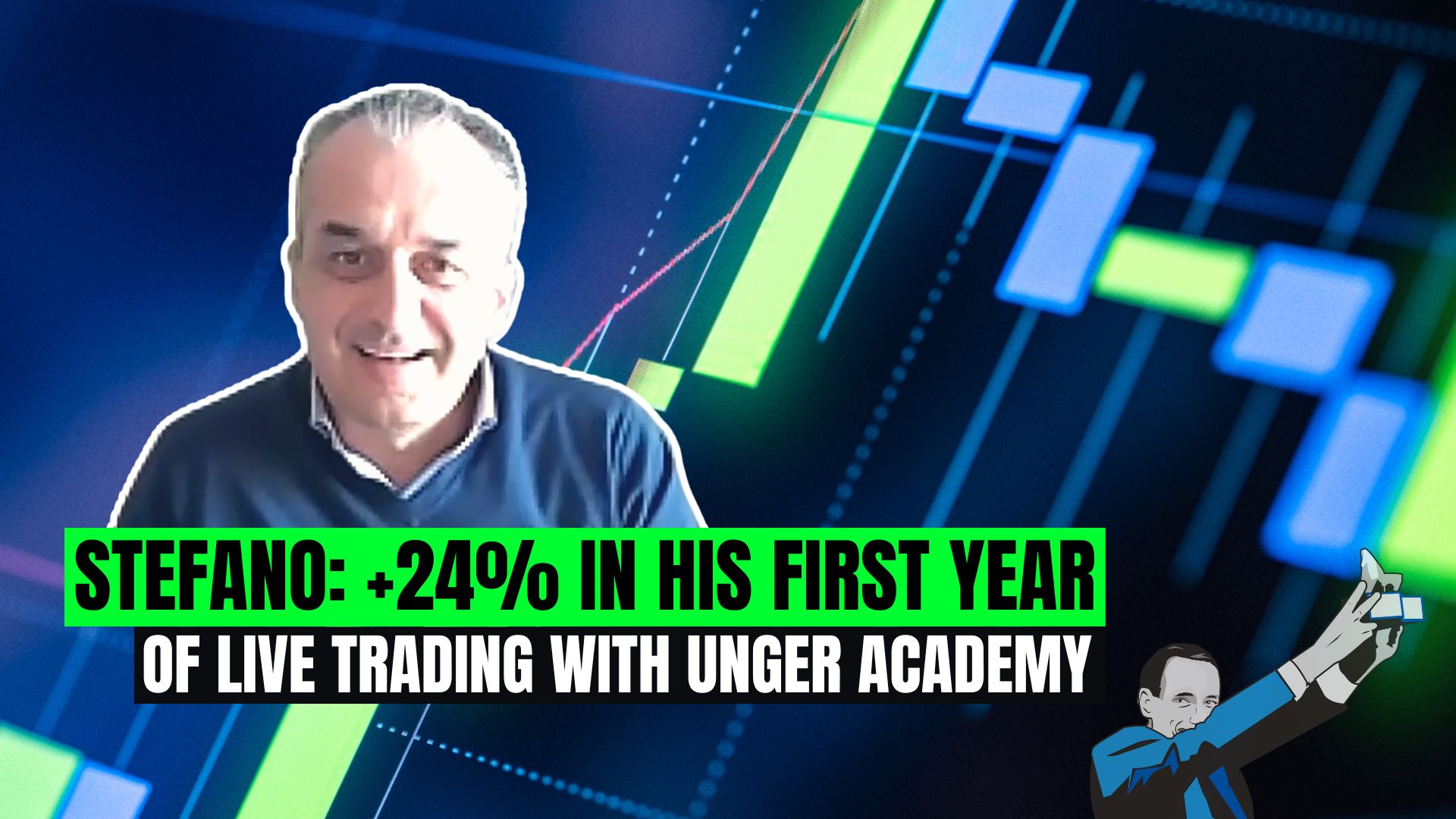Intro
How should I invest my money? Whether it’s income, savings, or a lottery win, most of us have asked ourselves this question at least once.
Today, we’ll dive into two of the most popular methods for growing wealth: trading and investing.
We’ll break down their similarities and, more importantly, their key differences.
What are Trading and Investing?
These are terms you’ve probably heard before. But what do they actually mean?
Trading is essentially buying and selling assets. In financial terms, we’re talking about financial instruments.
Investing, on the other hand, implies a longer-term commitment. It’s about buying an asset with the expectation that its value will increase over time.
The systematic approach in UA
At Unger Academy, whether we’re talking about trading or investing, we always rely on a systematic approach.
This means testing our ideas—our strategies—using historical data to understand how they might have performed in the past.
While past performance doesn’t guarantee future results, it provides valuable insights into how our capital could grow.
Differences between Trading and Investing
So, trading and investing—let’s highlight some key differences.
First, let’s talk about execution. If you’ve tried trading, you know you can go long—buying an asset and selling it later—or short—selling an asset you don’t own and buying it back later.
In investing, however, you typically only go long. You buy an asset and hold it, expecting it to grow in value over time.
Another difference is in the timing of exits. In trading, positions are usually closed within hours or a few trading sessions at most.
In investing, positions might stay open for weeks, months, or even years, and this is certainly a significant difference between these two approaches.
Now, let’s take a closer look using a VPS to better understand these differences.
Here, we’re inside a trading platform we use to manage strategies. This software is called MultiCharts.
As you can see, there are multiple windows, each representing a different trading strategy.
Each strategy operates on a specific financial instrument. Most of what we see here are futures across different sectors, since when we’re talking about trading, futures are the most widely used instrument.
We’ve got energy futures like Natural Gas, precious metals like Gold, stock indices like the DAX in Europe, the Dow Jones and the Nasdaq in the United States, and even commodities like Live Cattle, all traded on the Chicago Mercantile Exchange (CME).
So there are many different instruments, and this software allows us to test our trading strategies to see how they’ve performed historically.
Here’s an example of an equity curve from one of these strategies.
Switching to the world of investing, we often use platforms like Interactive Brokers’ TWS, the Trader Workstation, which let us place and monitor orders based on our investing plans.
Here are two sample portfolios: one focused on US stocks and another called the Permanent Portfolio.
In the stock portfolio, you’ll see familiar names like Apple, Tesla, Meta, NVIDIA, and PayPal, with a $5,000 capital allocated to each asset.
In the second case, we have a Permanent Portfolio with about $10,000 allocated to each asset, spread across four main categories: IDTL (a long-term bond ETF), Gold (a safe-haven asset), BTA (a short-term treasury bond), and CSPX (an American stock index).
These are just two examples out of countless portfolio combinations available to investors.
So, where does diversification fit in?
Going back to trading platform and taking a look, we can realize that diversification can happen both through the assets you trade and the strategies you apply to those assets.
On the other hand, in investing, diversification often follows established models, though you can design your own strategy for capital allocation.
Which approach is better?
This naturally leads to a big question: Which method—trading or investing—offers higher profits with lower risks?
It’s not an easy question to answer, but generally speaking, we can say there’s a universal rule that applies here as well: higher potential profits come with higher risks.
Andrea Unger often says that a skilled systematic trader can aim for an average annual return of 30%. Achieving that consistently in investing is far more challenging.
However, the risks in trading are typically higher compared to investing and this is an aspect we should definitely take into account.
Time commitment is another factor to consider.
Traders usually need to spend more time managing their operations compared to long-term investors, so this is another element that can weight on our choice.
Now let’s discuss infrastructure and capital requirements.
When it comes to infrastructure, traders require a real-time data feed, a trading software like MultiCharts, and a broker to execute their orders and trades.
Investors, on the other hand, can manage their operations with simpler setups. For example, using Interactive Brokers’ TWS platform, the Trader WorkStation, can be enough.
When it comes to capital, traders can start with around €15,000–€20,000, while investors typically need more substantial capital to ensure smooth operations and avoid inefficiencies.
In trading, futures are the most commonly used instruments. They come with built-in leverage, allowing you to control large contract values with a relatively small margin.
But with leverage comes the responsibility of careful risk management to avoid major losses, since moving larger quantities also entails higher loss risks.
Conclusion
If you’re interested in learning more, check out the link in the description to order a free copy of "The Unger Method". In it, Andrea Unger shares his journey and the strategies that made him a four-time world trading champion.
That’s all for today. See you in the next video!

